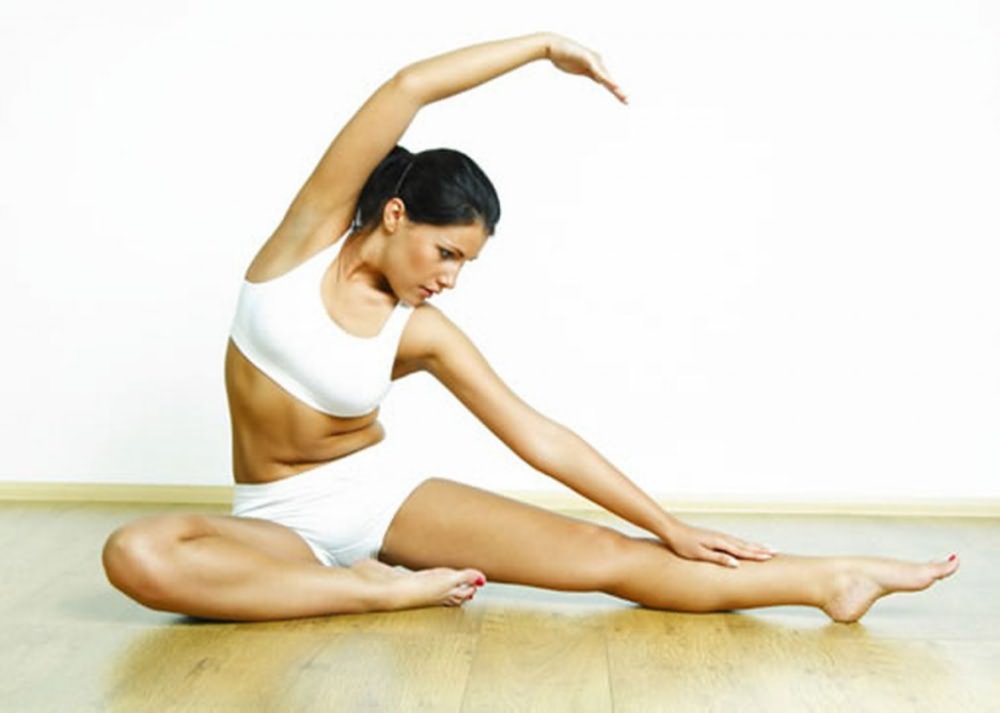Invented by Joseph Pilates in the 20th century, clinical Pilates has given clients a great opportunity for both valuable exercise and tested techniques to achieve better overall health. By harnessing the principles of Pilates, you can strengthen your mind and spirit while toning your core and adjusting posture, flexibility, breathing, and balance.
Clinical Pilates
The advent of clinical Pilates has allowed for a more nuanced, accessible, and convenient way to overcome an injury. Used therapeutically, Pilates has been shown to been extremely beneficial to those suffering from chronic back pain, poor posture, sports injuries, and other maladies affecting bones and muscles.
Physiological clinics are harnessing the benefits of Pilates more and more. By using Cockburn Pilates you’re ensuring comfort and a dynamic rehabilitation process that will leave you feeling not only like your normal self but new and improved as well. Local instructors and professionals can give you a comprehensive full body workout, helping you find your centre and begin your physical rehabilitation process.
Clinical Pilates can bring you a new level of balance in your life as now you will know how to utilise these exercises that benefit you most while bringing you an inner peace during what could very well be a most painful time in your life.
Principles of Pilates
There are several governing principles to Pilates to assist you in your improvement: concentration, centring, control, flowing movement, precision, and breathing. These guiding principles work together to form a system of physiotherapy to achieve better body health and also work your mental disciplines.
Working in tandem, all the principles add to the whole of the clinical Pilates experience: achieving neutral spine, smoothness, control, activating core muscles, and, most importantly, proper breathing control.
Breathing
As the main foundation, breathing plays a huge role in the success of your Pilates experience. Lateral breathing, when air is forced to the back of the ribcage while not affecting the belly’s movement, is crucial. This breathing technique allows for an intake of more fresh air and the expulsion of stale air.
The coordination between precise inhaling and exhaling during specific exercises can prove to be a difficult exercise at first. Once it is mastered, however, you will be able to perform exercises with aplomb and mastery. Much as stretching problem areas of your body, learning proper lateral breathing takes discipline and you may not catch on right away.
Percussive breathing, on the other hand, is a bit more complicated, moving in a “1,2,3,3,2,1” pattern. Although more of an effort, it pays off in dividends, giving you more discipline over your breathing and strength. You begin with a regular breath, inhaling and exhaling.
Next, you inhale twice, followed by an exhale. This continues upward until you reach a peak of three inhales followed by an exhale and then moves back downwards to where you originally began. This is best done while seated or standing. You can more easily train yourself to use these breathing techniques by using either a scarf or band wrapped around your ribs as a tangible way of monitoring your breathing style.

